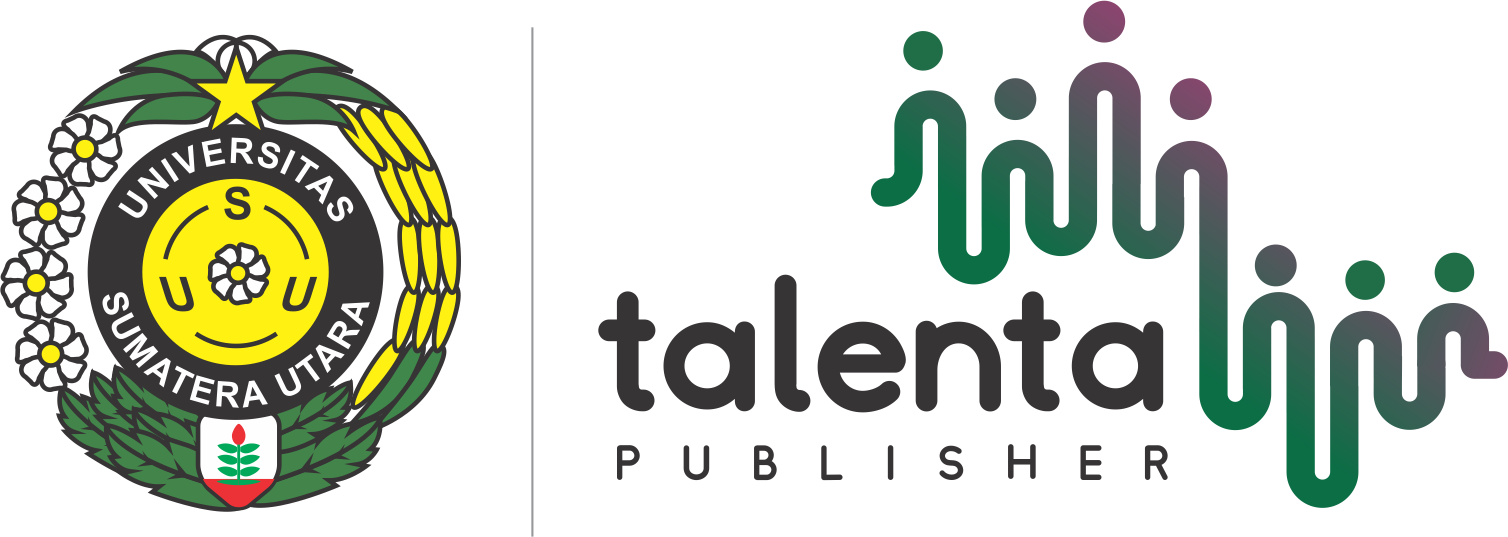Pengembangan Ekowisata Batu Katak Melalui Metode Swot Analisis
Development of Batu Katak Ecotourism through Swot Analysis Method
| Authors | ||
| Issue | Vol 1 No 2 (2018): Talenta Conference Series: Agricultural and Natural Resources (ANR) | |
| Section | Articles | |
| Galley | ||
| DOI: | https://doi.org/10.32734/anr.v1i2.243 | |
| Keywords: | Batu Katak Ekowisata Analisis SWOT | |
| Published | 2018-12-17 |
Abstract
Pengembangan ekowisata merupakan salah satu upaya untuk menjaga kelestarian hutan sebagai sumberdaya alam hayati dan mensejahterakan masyarakat di sekitarnya. Dusun Batu Katak merupakan salah satu dusun yang berada di daerah penyangga Taman Nasional Gunung Leuser. Sejak tahun 2013 masyarakat Dusun Batu Katak telah membuka Ekowisata Batu Katak. Wisatawan yang berkunjung ke Ekowisata Batu Katak terus mengalami peningkatan. Penelitian yang dilakukan bertujuan untuk mengetahui faktor-faktor dalam pengembangan Ekowisata Batu Katak. Metode pengumpulan data dengan melakukan studi literatur, observasi lapangan, wawancara dengan masyarakat dan stakeholder. Analisis data dengan menggunakan analisis SWOT untuk merumuskan alternatif-alternatif strategi. Hasil penyusunan alternatif-alternatif strategi diketahui terdapat 11 alternatif strategi. Perencanaan Ekowisata masih tetap mempertahankan kondisi alami dengan penataan ruang, sirkulasi ekowisata yang tetap menjamin kenyamanan pengunjung dan penduduk.
Ecotourism development is one of the efforts to preserve the forest as a natural resource and prosper the surrounding community. Batu Katak Village is one of the buffer zone of Gunung Leuser National Park. Since 2013 the Batu Katak community has opened the Batu Katak Ecotourism. Tourists visiting the Batu Katak Ecotourism continue to increase recently. The research was aimed to determine the factors in the development of Ecotourism in Batu Katak. Data was done by collecting the literature studies, field observations, interviews with the community and stakeholders. Data was analyzed using SWOT to formulate alternative strategies. The results of the preparation of alternative strategies had 11 alternative strategies. Ecotourism planning still maintained the natural conditions with spatial planning, ecotourism circulation which still guarantees the comfort of visitors and residents.






